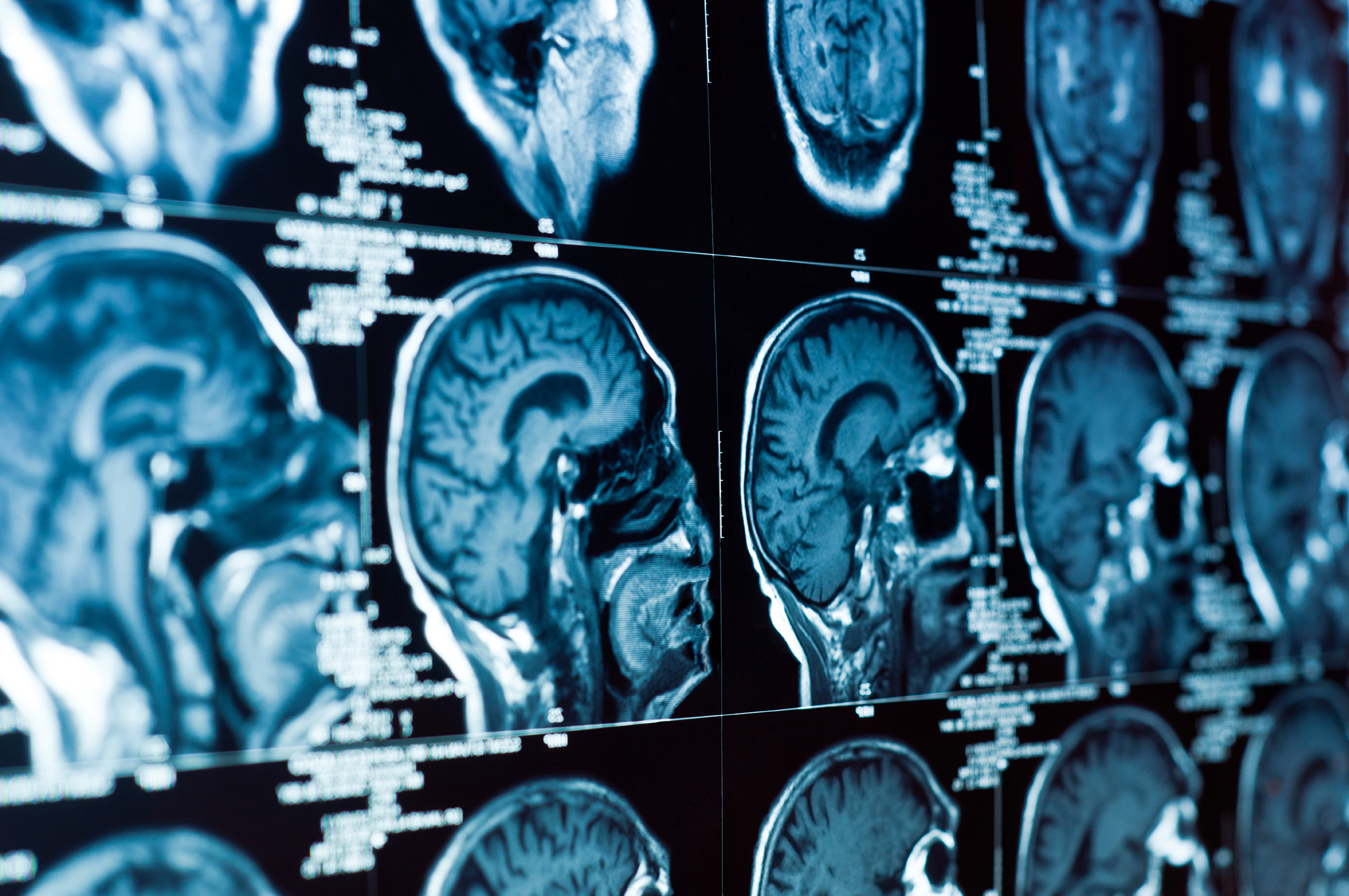Treating Multiple Sclerosis (MS)
A coordinated, comprehensive, interdisciplinary approach to MS care is the best approach for the long-term management of multiple sclerosis.
These treatment approaches fall into three categories.
abortive therapies,
A relapse, flare-up, or episode is defined as new or returning neurological symptoms that have evolved over at least 24-48 hours. We treat this with intravenous steroids, hoping to accelerate recovery, Steroids, IV solumedrol, or Acthar are prescribed to shorten the duration and severity of an attack.
preventive therapies
Over the past 17 years, several preventive treatments have been FDA- approved to reduce the frequency and severity of MS symptoms.
Interferon betas all work by the same mechanism, which is to inhibit certain immune system cells and processes so that the inflammatory process known to occur in MS is reduced.
+ Interferon beta-1a is a beta interferon that is given once a week by intramuscular injection, or a beta interferon that is given 3 times a week by injection under the skin.
+ Interferon beta-1b is another form of beta interferon that may be given every other day by injection under the skin. The frequency will depend on the specific therapy.
Interferon betas are known to cause various side effects. Usually these include redness and mild discomfort at the injection site and flu-like symptoms including fever, chills, achiness, and fatigue. Changes in liver function, depression, and changes in menstrual cycle may also occur.
Glatiramer acetate is a synthetic protein that is structurally similar to a component of myelin. This is given daily by injection under the skin. Glatiramer acetate is thought to work by inducing the immune system to produce more anti-inflammation immune cells, which will then help to reduce the inflammation seen in MS.
It produces various side effects including injection site redness, itching, and swelling. Also a small number of people may experience a brief “post-injection reaction” that includes flushing, racing of the heart, a feeling of faintness, and shortness of breath.
Natalizumab is a monoclonal antibody that is given intravenously once every 4 weeks. Natalizumab works by blocking the ability of immune cells known as lymphocytes from entering the central nervous system (brain and spinal cord).
Natalizumab has been associated with a rare, serious and potentially fatal infection of the brain known as progressive multifocal leukoencephalopathy or PML.
Lemtrada is a monoclonal antibody that works in a novel way against B cells and T cells. It reprograms your immune system and reduces the overall number of immune cells that could be causing inflammation in MS.
Oral therapies
Gilenya, Aubagio, and Techfedera are breakthrough prescription drugs used to treat MS.
Gilenya is the first oral therapy approved for relapsing remitting MS. It’s taken once a day. While it’s not exactly clear how GILENYA works, it is thought to keep lymphocytes from attacking your central nervous system by lowering the number of lymphocytes circulating in your blood. Clinical trials have demonstrated that Gilenya has significantly reduced relapse rate, new brain lesions, and disability progression.
Aubagio is an FDA-approved novel oral therapy for relapsing remitting MS. It inhibits rapidly dividing cells, including activated T cells, which are thought to drive the disease process in MS. Aubagio may decrease the risk of infections compared to chemotherapy-like drugs because of its more-limited effects on the immune system.
Techfedera is an oral therapy for relapsing remitting MS taken twice a day. Results from two clinical trials showed that those taking Techfedera had fewer MS relapses compared to people taking an inactive pill (placebo). One of the trials also showed that those taking Techfedera experienced a worsening of disability less often than patients taking a placebo.
Symptomatic Therapies
Rehabilitation strategies such as physical therapy and occupational therapy are very helpful in improving and maintaining normal function. Consultation with specialists such as urologists, psychiatrists, and pain management specialists may be extremely helpful. Changes in mobility may require a specialist in orthotics as well as the physical and occupational therapist.





